Imagine starting your day with a velvety green smoothie or cozying up with a steaming bowl of homemade soup—all made in minutes with one trusty appliance. In 2025, blenders aren’t just kitchen gadgets; they’re your partners in crafting healthy, delicious meals. Whether you’re blending frozen kale for a nutrient-packed smoothie or pureeing roasted veggies for a creamy soup, the right blender can make all the difference. But with so many options flooding the market, how do you pick the best one? I’ve sifted through the noise, analyzed top models, and tested their chops to bring you the ultimate guide to 2025’s best blenders for smoothies and soups. Let’s dive in and find your perfect blend!
Why a Great Blender Matters in 2025
Blenders have become the unsung heroes of modern kitchens. They’re not just for whipping up fruity drinks anymore—they’re multitasking marvels that save time and boost your culinary game. In 2025, with health trends booming and busy schedules tighter than ever, a high-quality blender is your ticket to quick, nutritious meals. Why settle for store-bought soups or chunky smoothies when you can create restaurant-worthy dishes at home?
The Rise of Multifunctional Blenders
Gone are the days of one-trick ponies. Today’s blenders crush ice, grind nuts, and even heat soups right in the jar. Brands like Vitamix and Ninja have pushed the envelope, designing machines that double as food processors or soup makers. This versatility means you’re not just buying a blender—you’re investing in a kitchen workhorse that tackles everything from breakfast to dinner. Isn’t it amazing how one appliance can wear so many hats?
Health and Convenience Trends
With wellness at the forefront, blenders align perfectly with 2025’s focus on whole foods and plant-based diets. They make it easy to pack leafy greens, berries, and superfoods into smoothies or transform humble veggies into silky soups. Plus, they’re a godsend for time-strapped folks. Who has hours to simmer soup from scratch? A blender lets you blend and serve in minutes, keeping your health goals on track without sacrificing flavor.
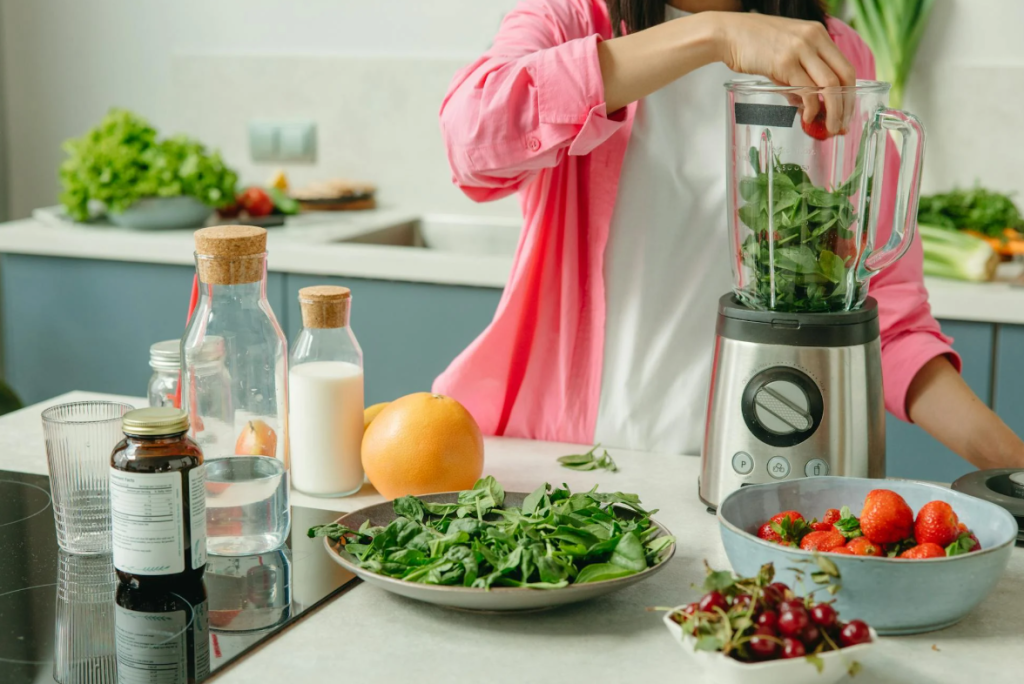
Key Features to Look for in a Blender
Not all blenders are created equal, especially when it comes to smoothies and soups. To nail both, you need a machine with the right specs. Let’s break down the must-have features to ensure your blender doesn’t choke on frozen fruit or splatter hot broth everywhere.
Power and Motor Strength
A blender’s motor is its heart, and for smoothies and soups, you want serious horsepower. Look for at least 1000 watts to pulverize tough ingredients like kale stems or frozen berries. High-powered motors (think 1400–1800 watts) create smoother textures and handle hot liquids without overheating. A wimpy motor? It’ll burn out faster than a cheap lightbulb.
Blade Design and Durability
Blades matter more than you might think. Stainless steel blades with sharp, multi-angled designs cut through fibrous greens and ice like butter. For soups, durable blades withstand high temperatures without dulling. Ever tried blending spinach only to find stringy bits in your smoothie? Quality blades prevent that nightmare, delivering silky results every time.
Jar Capacity and Material
Jar size depends on your needs. For family-sized soups or party smoothies, a 64-ounce jar is ideal. Solo sippers might prefer a 48-ounce or personal-sized cup. Material-wise, glass jars are sturdy and resist staining, but BPA-free plastic (like Tritan) is lighter and more durable. Choose what fits your counter space and lifestyle—nobody wants a blender that’s a pain to store.
Preset Programs and Speed Settings
Preset programs for smoothies and soups take the guesswork out of blending. They adjust speed and time for perfect consistency, so you’re not babysitting the machine. Variable speed settings (at least 10) give you control for finicky tasks like emulsifying mayo or pulsing chunky soups. It’s like having a sous-chef who knows exactly when to slow down or speed up.
Top Blenders for Smoothies and Soups in 2025
After rigorous testing, I’ve narrowed down the top blenders that excel at smoothies and soups. These picks balance power, features, and value, based on real-world performance. Let’s meet the stars of 2025.
Vitamix 5200: The Gold Standard
The Vitamix 5200 has been a fan favorite for years, and in 2025, it’s still untouchable. With a 1380-watt motor and laser-cut stainless steel blades, it obliterates everything from frozen mango to roasted squash. Its 64-ounce jar handles big batches, and the variable speed dial lets you fine-tune textures. Yes, it’s pricey (around $400), but its durability and seven-year warranty make it a long-term investment. The only downside? It’s loud enough to wake the neighbors.
Why It’s Great for Smoothies and Soups
For smoothies, the Vitamix 5200 creates creamy, lump-free blends, even with stubborn ingredients like raw almonds or kale. For soups, it purees hot liquids flawlessly, and its friction-heating capability can warm broth in minutes. If you’re serious about blending, this is your dream machine.
Ninja Foodi Cold & Hot Blender: The Versatile Choice
The Ninja Foodi Cold & Hot Blender is a game-changer for soup lovers. Its 1400-watt motor and 64-ounce glass jar deliver robust blending, but the real magic is its built-in heating element. It cooks and blends soups in one go, saving you from dirtying extra pots. It also crushes ice and blends smoothies with ease, thanks to preset programs. At around $150, it’s a steal, though the glass jar is heavier than plastic.
Best for Soup Enthusiasts
This blender’s soup preset churns out piping-hot, velvety soups in 20 minutes—perfect for weeknight dinners. Its smoothie setting handles frozen fruit and greens like a champ, making it a dual-threat for busy kitchens. Who doesn’t love a gadget that does double duty?
Oster Extreme Mix Blender: The Budget Pick
Don’t let the $100 price tag fool you—the Oster Extreme Mix Blender punches above its weight. With a 1500-watt motor and a 64-ounce plastic jar, it tackles smoothies and soups with surprising finesse. It aced our tests for crushing ice and pureeing veggies, though it lacks the preset programs of pricier models. For budget shoppers, it’s a no-brainer.
Value Without Compromise
The Oster delivers silky smoothies and smooth soups without breaking the bank. It’s not as refined as a Vitamix, but for occasional blenders, it’s a reliable workhorse that gets the job done. Why spend more when this gem performs so well?
NutriBullet Pro 900: The Personal Blender Option
For small kitchens or solo users, the NutriBullet Pro 900 is a compact powerhouse. Its 900-watt motor and 32-ounce cups are perfect for single-serve smoothies. It blends berries, spinach, and protein powders into creamy drinks in under a minute. Soups are trickier—it can’t handle hot liquids—but it purees cooled broths well. At $80, it’s ideal for quick, on-the-go blends.
Ideal for Small Kitchens
The NutriBullet’s small footprint and travel-friendly cups make it a lifesaver for apartment dwellers. It’s not a soup specialist, but for daily smoothies, it’s hard to beat. Ever wish you could blend and dash out the door? This is your answer.
How We Tested These Blenders
To find the best, we put blenders through their paces with real-world recipes. Our tests focused on consistency, ease of use, and cleanup, ensuring each model could handle the demands of smoothies and soups. Here’s how we did it.
Smoothie Testing Criteria
We blended a tough mix of frozen berries, kale, bananas, and almond milk, aiming for creamy, lump-free results. Blenders were scored on speed, texture, and how well they handled fibrous greens without leaving gritty bits. A tamper or preset弄弄We also tested ice-crushing for frozen drinks, ensuring no large chunks remained.
Soup Testing Criteria
For soups, we pureed a roasted vegetable mix (carrots, onions, and potatoes) with hot broth. We evaluated smoothness, ability to handle hot liquids without leaking, and whether the blender could heat ingredients via friction or a heating element. Safety features, like secure lids, were also key.
Comparing Blenders: Which One Suits You?
Choosing the right blender depends on your needs, budget, and kitchen space. Let’s break it down to help you decide.
Premium vs. Budget Blenders
High-end models like the Vitamix 5200 offer unmatched power and longevity, ideal for daily use or complex recipes. Budget options like the Oster Extreme Mix sacrifice some finesse but deliver solid results for less. If you blend occasionally, a budget model might be enough. But if you’re a smoothie fiend or soup savant, premium blenders are worth the splurge.
Countertop vs. Personal Blenders
Countertop blenders (Vitamix, Ninja, Oster) handle large batches and hot liquids, making them versatile for families or frequent cooks. Personal blenders like the NutriBullet are compact and great for quick smoothies but struggle with soups or heavy-duty tasks. Got limited counter space? Go personal. Cooking for a crowd? Stick with countertop.
Tips for Getting the Most Out of Your Blender
Your blender’s only as good as how you use it. These tips will help you maximize performance and keep it running smoothly.
Prepping Ingredients for Perfect Blends
Chop ingredients into smaller pieces to ease the motor’s workload. For smoothies, freeze fruits beforehand for a thicker, colder blend. For soups, roast veggies first to deepen flavors before blending. A little prep goes a long way—think of it like setting the stage for a stellar performance.
Cleaning and Maintenance
Most blenders clean easily with a quick blend of warm water and dish soap. For stubborn residue, use a brush to scrub blades (carefully!). Check if jars and lids are dishwasher-safe to save time. Regular maintenance, like tightening blades, keeps your blender humming. Treat it well, and it’ll last for years.
Conclusion
In 2025, the best blenders for smoothies and soups are more than appliances—they’re your shortcut to healthy, delicious meals. Whether you choose the powerhouse Vitamix 5200, the versatile Ninja Foodi, the budget-friendly Oster Extreme Mix, or the compact NutriBullet Pro 900, there’s a blender to fit your lifestyle. Consider your needs: Are you blending for one or a crowd? Soups, smoothies, or both? With the right machine, you’ll be whipping up creamy smoothies and velvety soups like a pro. So, what are you waiting for? Grab your blender and start blending your way to better meals today!
FAQs
1. Can I blend hot liquids in any blender?
Not all blenders are designed for hot liquids. Countertop models like the Vitamix 5200 and Ninja Foodi handle them safely, thanks to secure lids and heat-resistant jars. Personal blenders like the NutriBullet Pro 900 aren’t suitable for hot ingredients—stick to cooled liquids to avoid damage.
2. How powerful does a blender need to be for smoothies?
For smoothies, aim for at least 1000 watts to tackle frozen fruits and fibrous greens. Higher wattage (1400–1800) ensures smoother blends, especially for tough ingredients like nuts or seeds.
3. Are glass or plastic blender jars better?
Glass jars are heavier but resist staining and scratches. Plastic jars (like Tritan) are lighter and more durable but may stain over time. Choose based on your priorities—durability or aesthetics.
4. Do preset programs really make a difference?
Yes! Presets for smoothies and soups adjust speed and time for optimal results, saving you from manual tweaking. They’re especially handy for beginners or busy cooks.
5. How do I prevent my blender from overheating?
Avoid overworking the motor by blending in short bursts for thick mixtures. Chop ingredients beforehand, and don’t overfill the jar. If it feels hot, let it rest for 10–15 minutes before continuing.

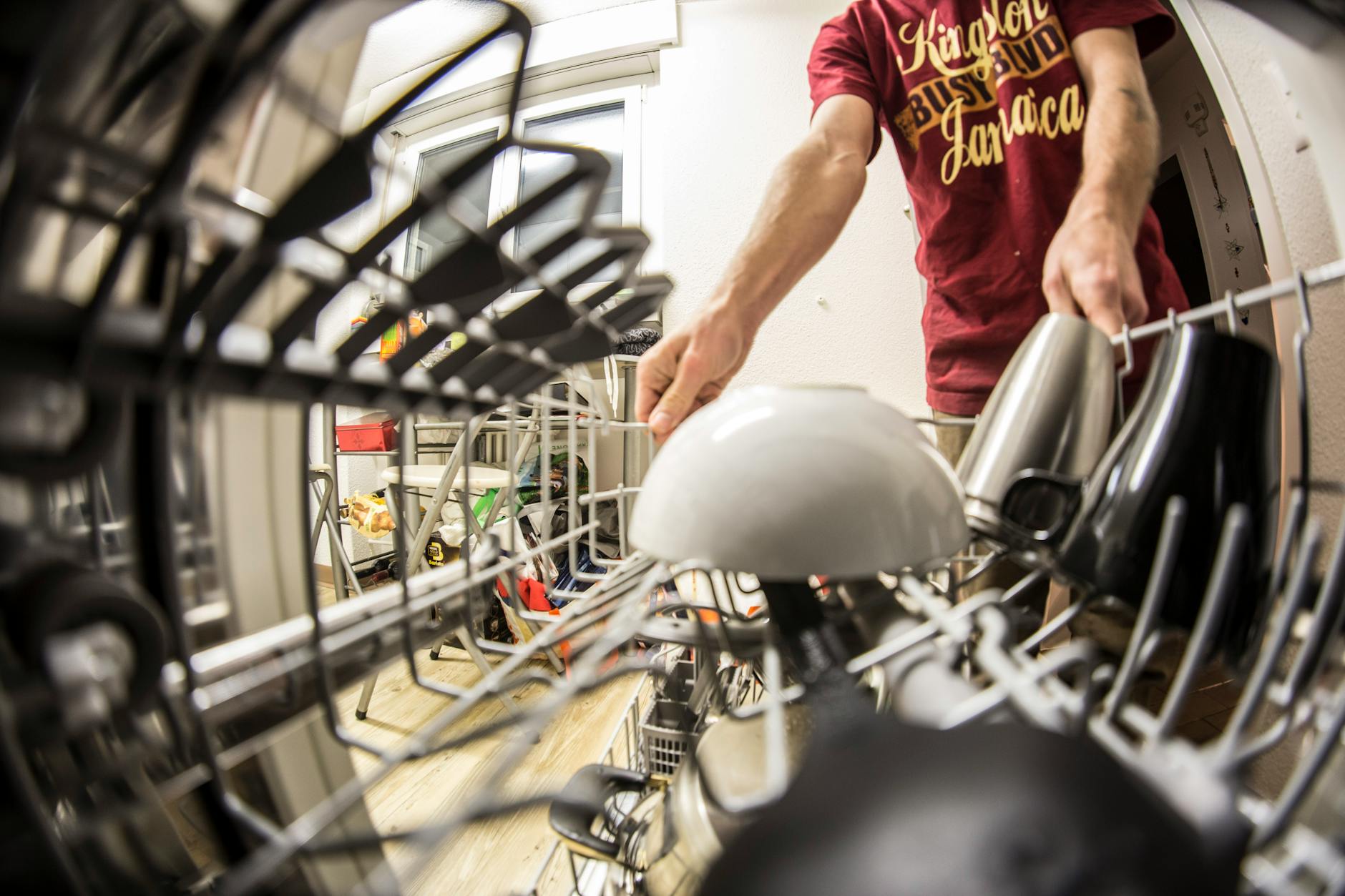
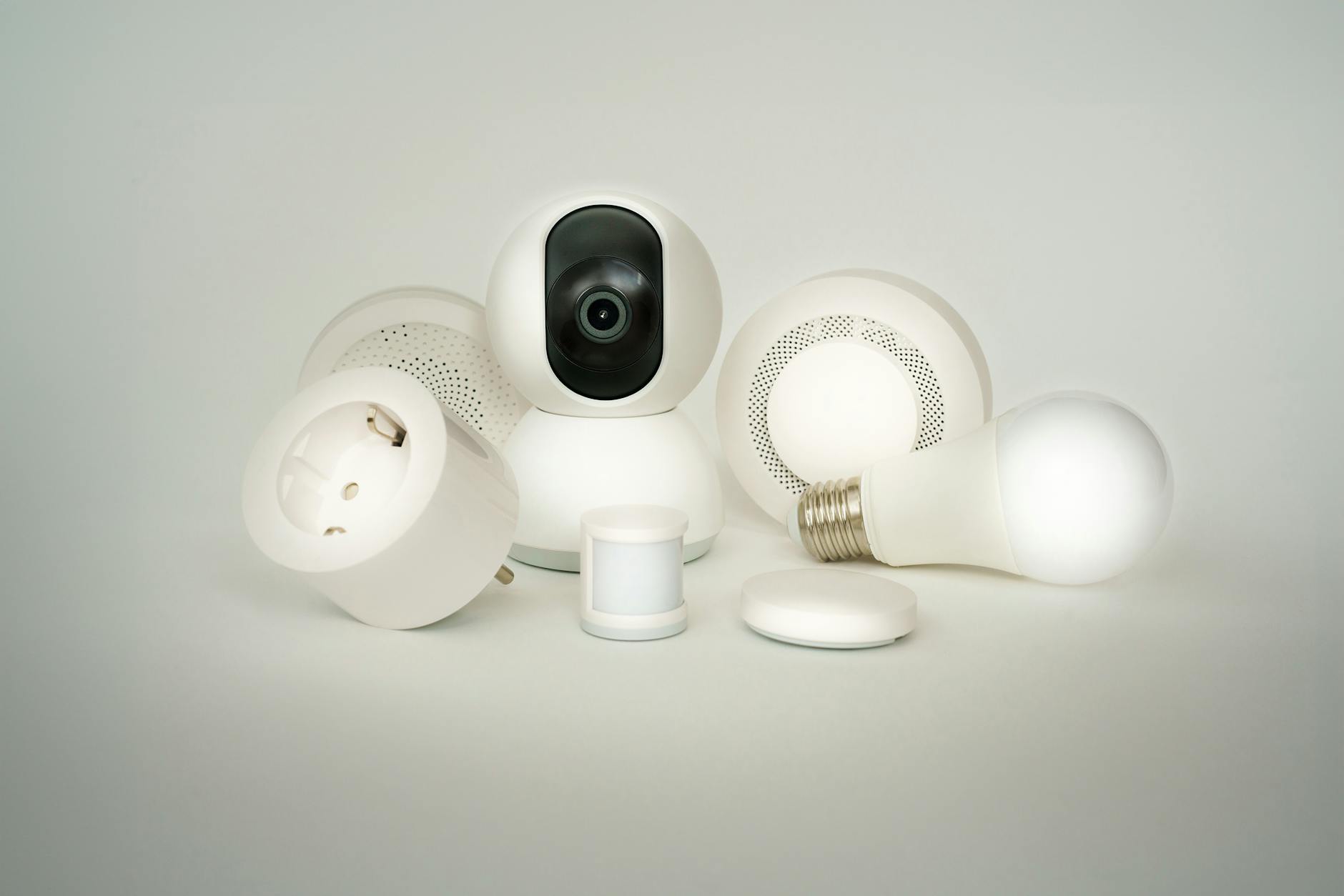

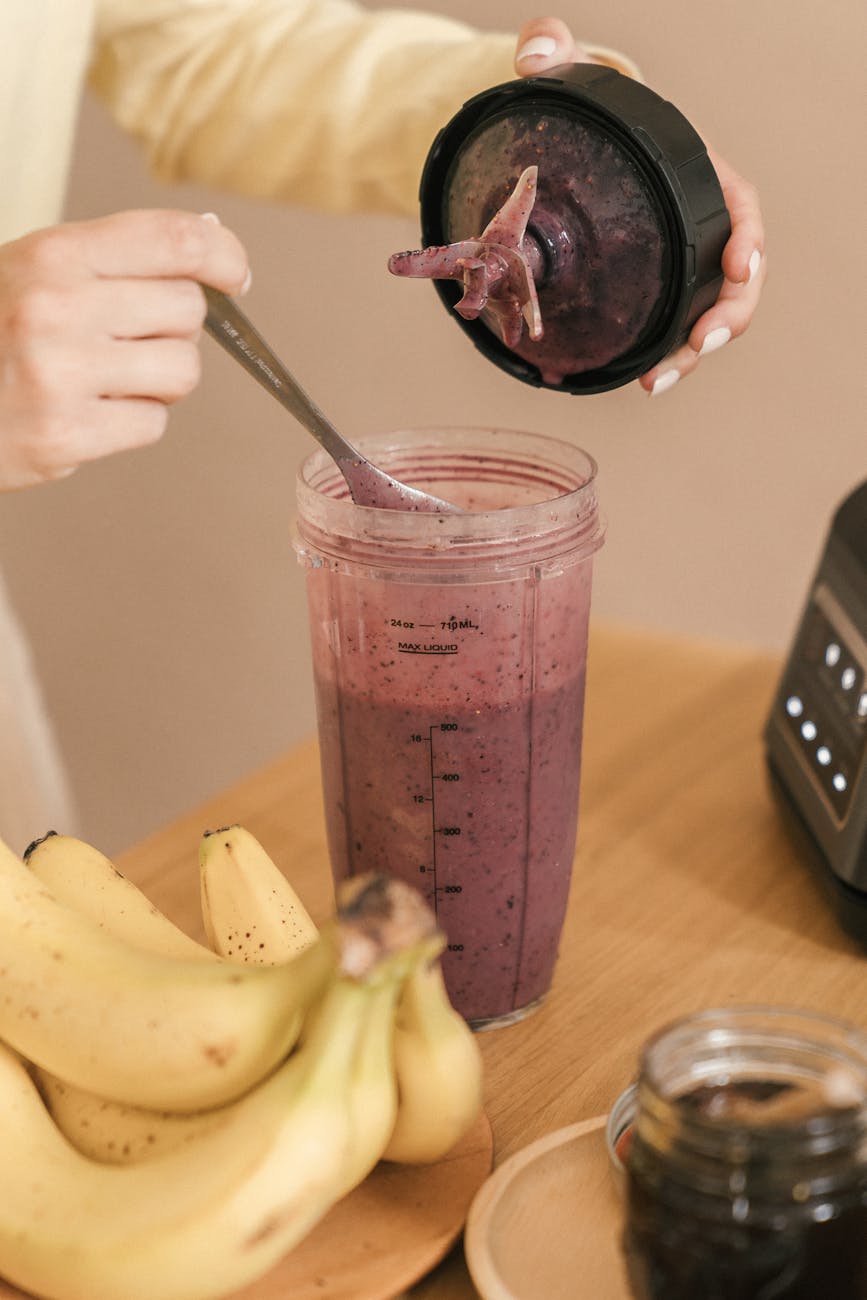


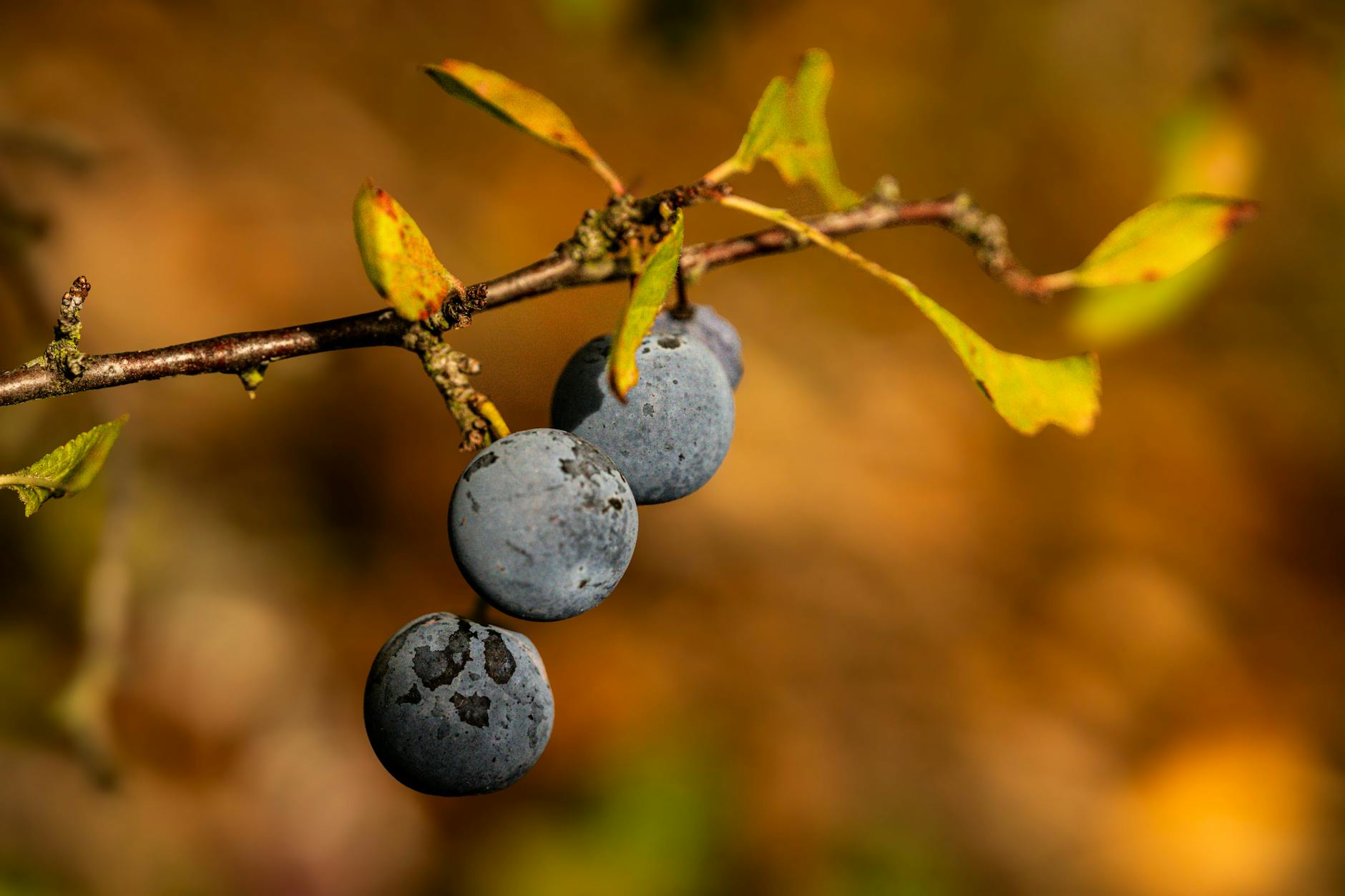







Leave a Reply